11.5 °c Wind speed: 17 km/h Precipitation: 100 % Cloudiness: 99 % Humidity: 93 mm Pressure: 100 mb
National Museum of Ireland—Archaeology
Kildare Street 54
Dublin
D
Ireland
Description
Ever wanted to step right into Ireland's super-ancient past? Well, you pretty much can. Just head to Kildare Street in Dublin and look for the rather grand, old-school building housing the National Museum of Ireland—Archaeology. Trust me, it's not just a museum; it's like a doorway to a whole other world, a place stuffed with secrets and treasures from way back when. We're talking about a journey through thousands of years, where every single thing you see has an incredible story to tell about the folks who lived, loved, and fought on Irish soil. From shiny gold that'll make your eyes pop to some seriously old human remains, it's all here.
Way, Way Back: Stone Tools, Shiny Gold, and Ireland's First Bling
So, where does this epic journey start? Right at the beginning, in prehistoric Ireland, just as it was waking up after the Ice Age. The first rooms whisk you back to when the earliest Irish settlers were figuring things out. You'll see the kind of stone tools they used—axes, arrowheads, that sort of thing. Sounds simple, but these were the gadgets that helped them survive, build homes, and hunt for their dinner. And their pottery? Surprisingly cool, showing they weren't just about surviving; they had an artistic streak too.
Then, hold onto your hats, because the Bronze Age (roughly 2500 to 500 BC) hits you with some serious BLING. These ancient Irish folks were absolute masters when it came to working with gold. You'll see these beautiful crescent-shaped gold collars called lunulae—fancy neckwear for chieftains or maybe even early priests and priestesses, covered in tiny, intricate patterns. And the torcs! Massive, twisted gold neck rings that screamed, "I'm rich and important!" It's mind-boggling to think they made this stunning stuff with what we'd call basic tools today. It shows they weren't just isolated islanders; they were connected, trading, and seriously skilled.
Next up, the Iron Age (around 500 BC to 400 AD)—think Celts, with their awesome swirling La Tène art. You'll see it on fancy bronze bits, sword handles, and even horse gear. It gives you a real feel for a warrior culture, full of myths, legends, and a deep connection to nature.
Meeting the Ancestors
Now, for something completely different and utterly unforgettable: the bog bodies. Yep, you read that right. Ireland's peat bogs have this amazing ability to preserve things, including human remains, for thousands of years. And when I say preserve, I mean preserve—skin, hair, even facial expressions. Seeing Cashel Man (who's over 4,000 years old!) or Old Croghan Man and Clonycavan Man (chilling out for over 2,000 years) is… well, it's intense.
These aren't just bodies; they're like windows into a very mysterious past. Many of them show signs of a violent end—a bit stabby, a bit of strangulation. The experts reckon it could have been a ritual sacrifice. Maybe they were kings who weren't doing a great job, or offerings to the gods for a good harvest? We don't know for sure, but things like Old Croghan Man's manicured nails (fancy!) and Clonycavan Man's rather sophisticated hair gel (made with stuff imported from Spain or France—talk about dedication to style!) give us fascinating clues about their lives and status. They're a haunting, powerful link to people who lived and died in a very different Ireland.
Ireland's Golden Age of Art and Faith
Fast forward a bit to when Christianity arrived in Ireland around the 5th century AD. Did it stamp out all the old Celtic ways? Not a bit of it! Instead, they kind of blended, leading to this incredible burst of art, learning, and monasteries popping up all over the place. The galleries covering Early Christian Ireland (roughly 400 to 1169 AD) are just stunning. And the star of the show? Has to be the Ardagh Chalice. This thing is legendary. Found by a kid digging for spuds in 1868 (imagine that!), this 8th-century chalice is a masterpiece. Made of silver, bronze, and gold, and covered in the most delicate, swirly patterns, enamel, and shiny stones, it's just breathtaking. It shows the incredible skill and devotion of those early Irish monks.
And right up there with it is the Tara Brooch. Another 8th-century stunner, this fancy pin isn't just for holding your cloak together; it was serious bling, a symbol of high status, absolutely covered in tiny gold wires, amber, and colourful glass. Then there are beautifully made boxes for saints' bones (reliquaries, if you want the posh term), ornate crosses, and decorated bells. It was a true golden age for Irish art and faith.
Vikings! They Came, They Raided, They Decided to Stay
Just as things were getting all beautifully artistic and scholarly, who shows up at the end of the 8th century? The Vikings! Initially, they were the stuff of nightmares, raiding monasteries for their treasures. But the museum shows there was more to them than that. Eventually, they settled down, became traders, and built towns like Dublin (which they called Dyflinn), Waterford, and Wexford. In the Viking galleries, you'll see their fearsome iron swords and axes, sure, but also everyday stuff: carved wooden bits, amber jewellery, game pieces, coins from faraway lands, and tools. They left their mark on Ireland, and not just in a smash-and-grab kind of way.
Knights, Castles, and Old-School Cool
Then came the Normans in 1169, kicking off Ireland's Medieval period. The museum's collection from this era (roughly 1169 to 1600 AD) shows how life changed again. You'll see bits of armour, family crests (heraldry), and stuff from the stone castles they started building. The Church was still a big deal, but the art styles started to look a bit more like what was happening in mainland Europe. And, as always, there are the everyday items—old shoes, bits of pottery – that give you a little peek into how ordinary folks lived through these big changes.
Seriously, You Need to Visit This Museum!
If you want to get a real handle on Ireland—not just the green fields and the lively pubs, but the deep, ancient soul of the place—then a trip to the National Museum of Ireland—Archaeology is an absolute must. It's a journey that will leave you feeling captivated by the stories, enlightened by the history, and maybe even a little bit moved by those powerful echoes from so long ago. It's a proper treasure trove, and it's waiting for you to come and discover it.
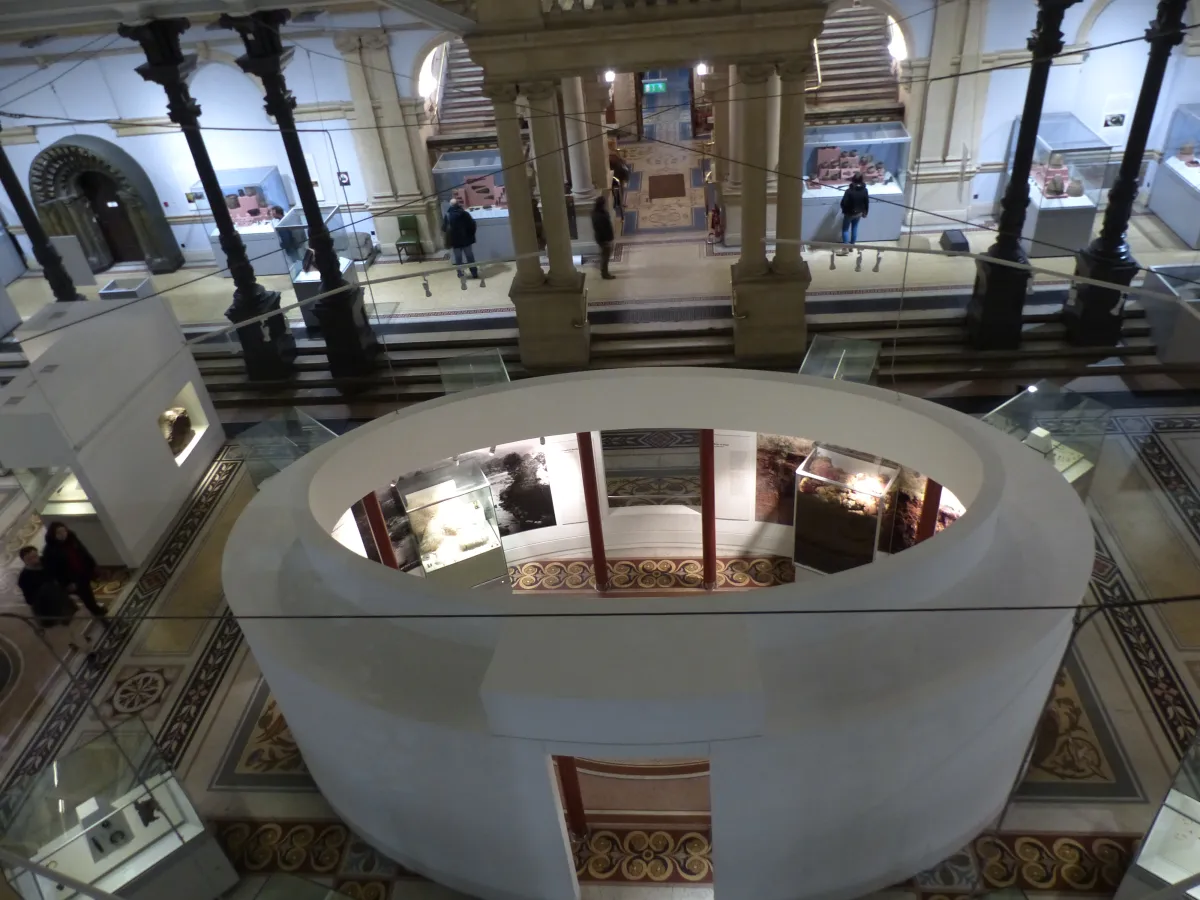
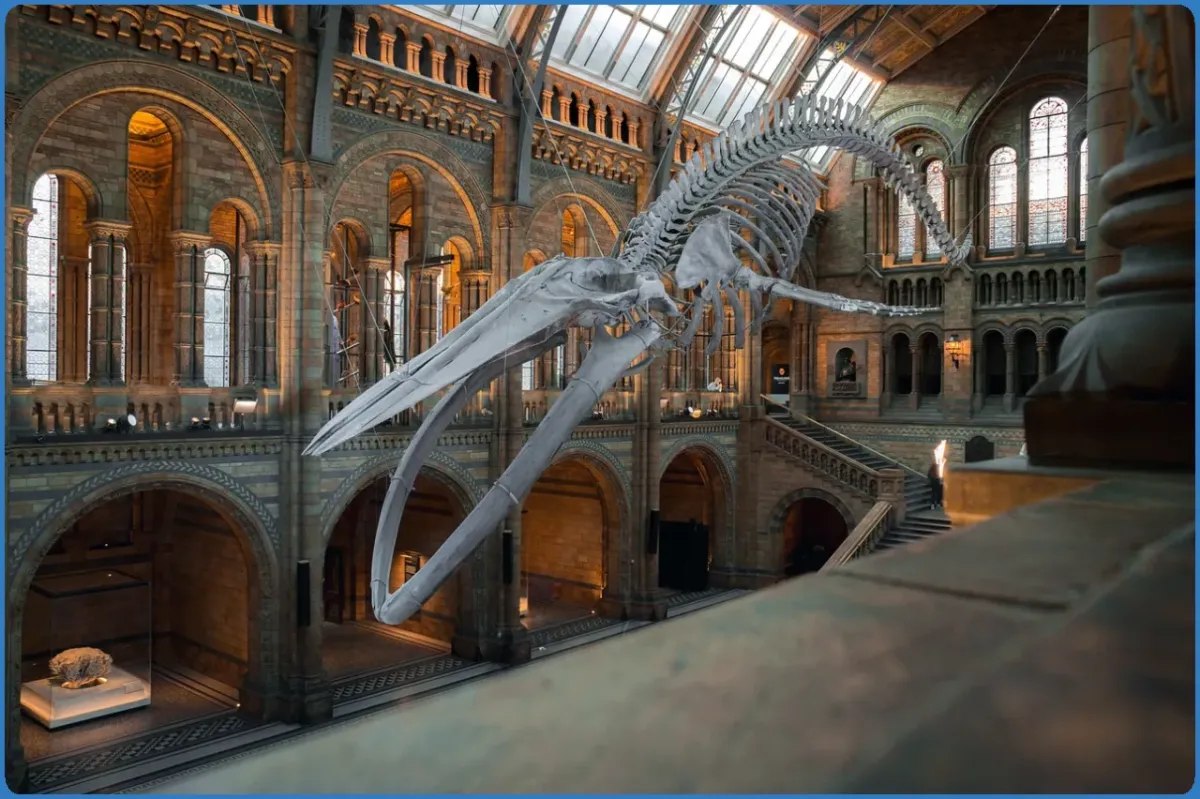
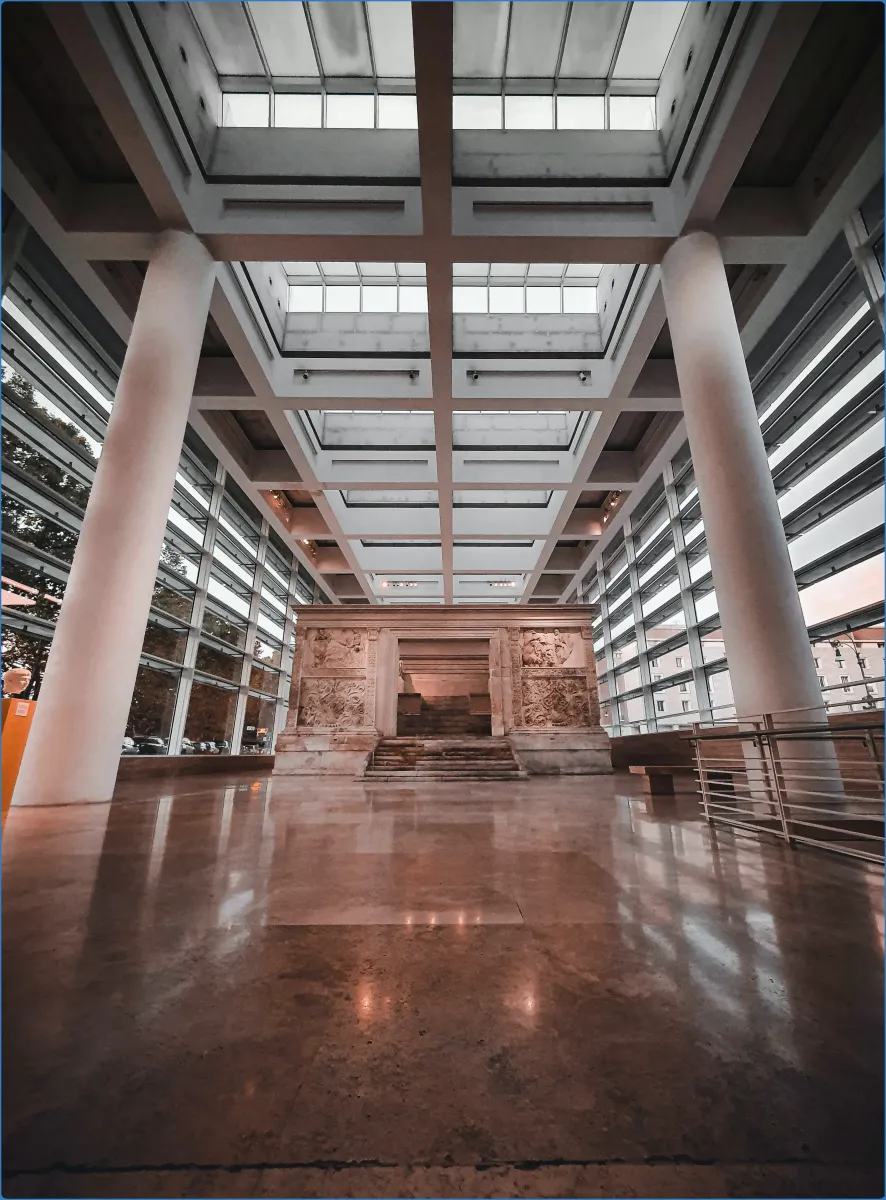
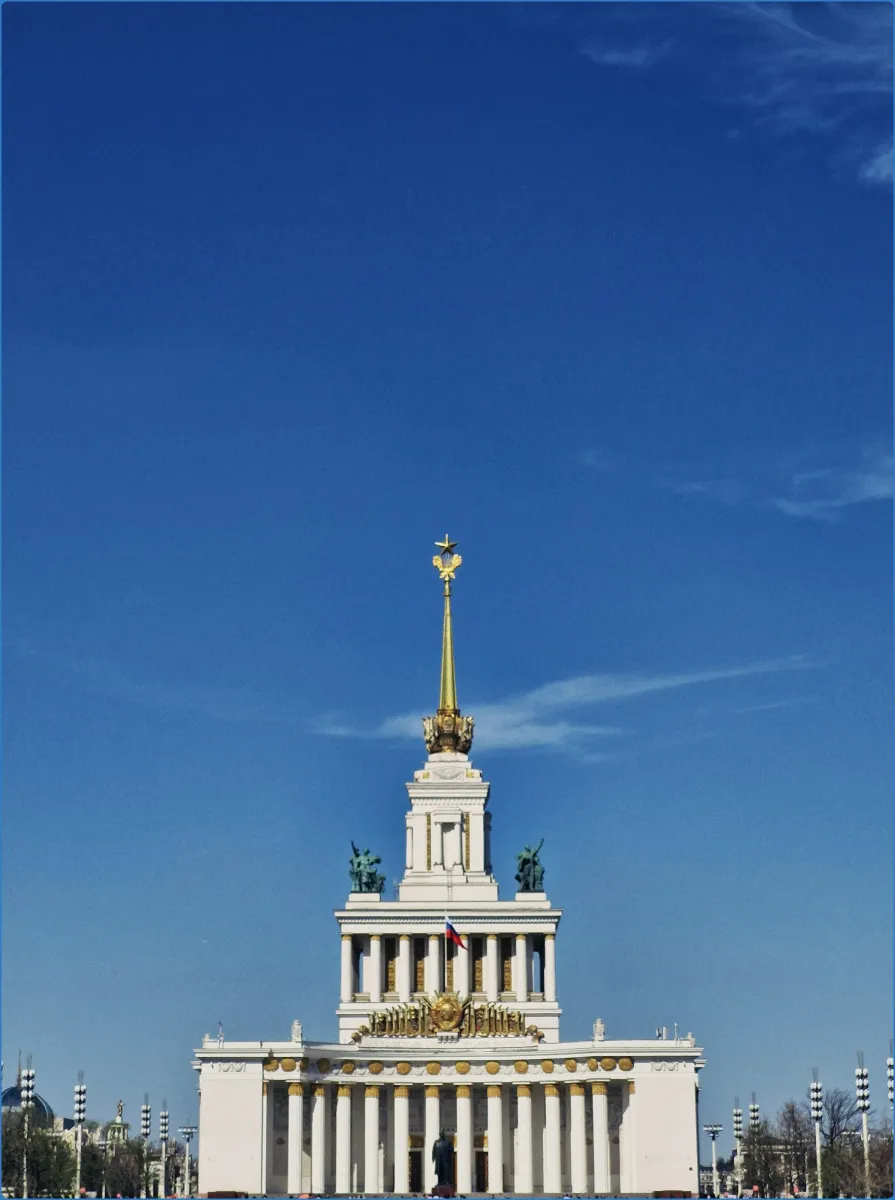
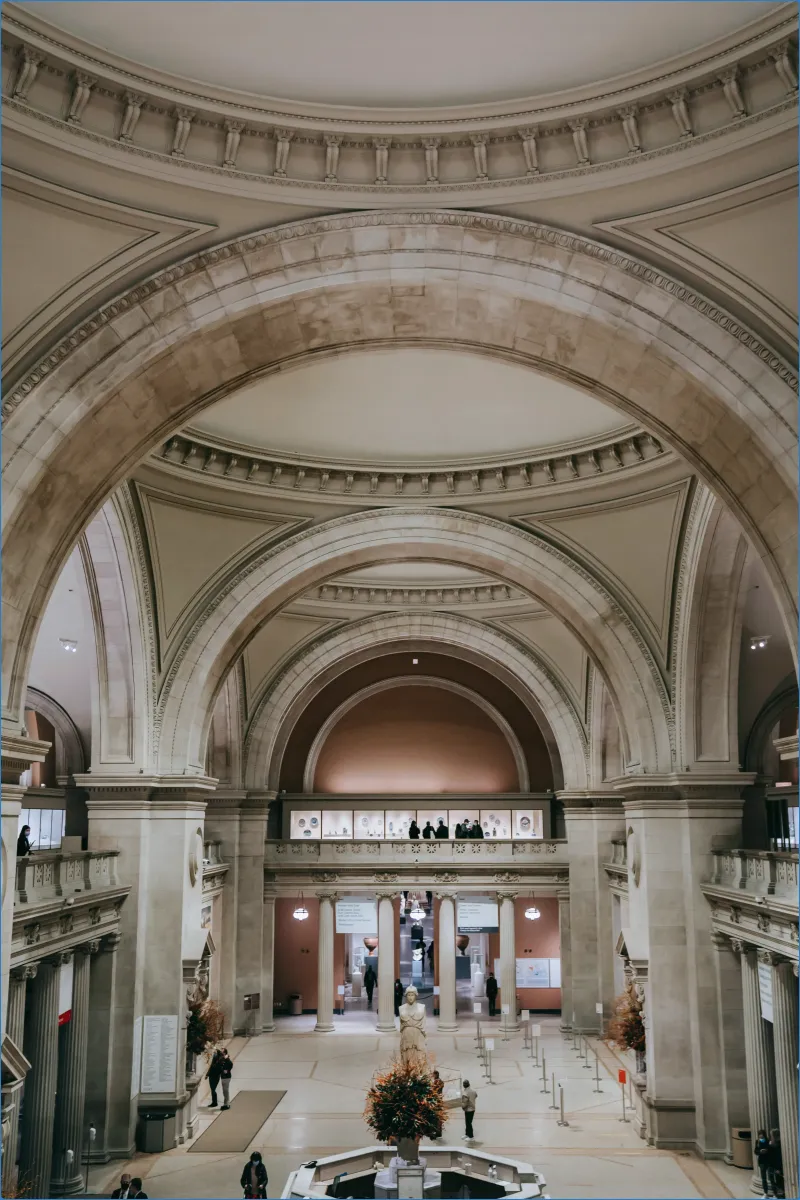
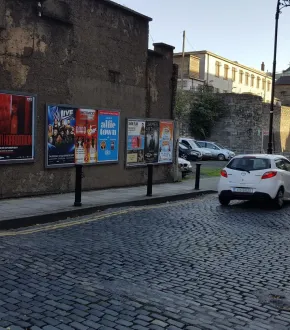
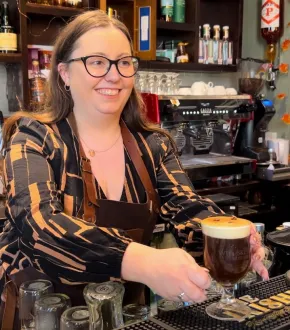
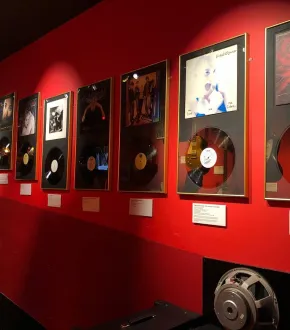
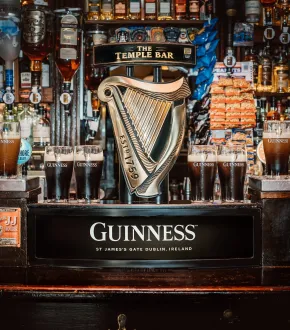
Comments